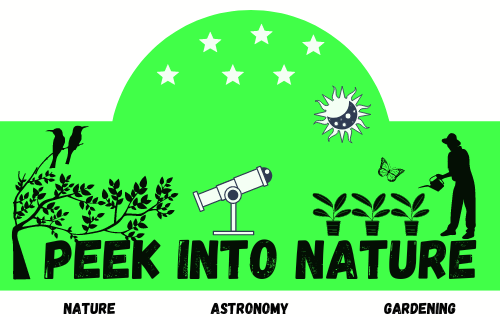The Four Things You Need to Know About Soil pH
A basic understanding of pH level of your garden soil will not only help keep your garden healthy but also assist you if things go bad.
Here is what you need to know to make smart decisions about managing your soil’s pH.

What is pH?
The acidity or alkalinity of a substance is measured in pH units, a scale running from 0 to 14. A pH of 7 is neutral. As numbers decrease from 7, the acidity gets higher. As numbers increase from 7 so does the alkalinity.
Different types of Soil generally range from an extremely acidic pH of 3 to a very alkaline pH of 10. This range is a result of many factors, including a soil’s ingredients and the amount of yearly rainfall an area receives.
Most plants enjoy slightly acidic conditions with a pH of about 6.5.
Gardenia, blueberry and rhododendron are among the plants that demand a very acidic pH of 4.5 to 5.5.
What does pH do?
Soil pH has indirect yet far-reaching effects on plants. Plant nutrients become available or unavailable according to the soil’s pH level.
Yellowing between the veins of young leaves indicates an iron deficiency, a condition arising not from a lack of iron in the soil but from insufficient soil acidity which makes iron absorption difficult. Most plants thrive in slightly acidic soil because lower pH affords them good access to all nutrients.
The darker side of soil pH is plant poisoning. Too low a pH level can render the plant nutrient manganese available at toxic levels; geraniums are particularly sensitive to this, showing their discomfort with yellowed, brown-flecked, or dead leaves.
A pH level that is too low also liberates aluminum—not a plant nutrient—in amounts that can stunt root growth and interfere with a plant’s uptake of nutrients. At a high pH level, the plant nutrient molybdenum becomes available in toxic amounts.
Soil pH also influences soil-dwelling organisms like earthworms whose well-being, in turn, affects soil conditions and plant health. The slightly acidic conditions enjoyed by most plants are also what earthworms like, as do microorganisms that convert nitrogen into forms that plants can use.
How do you adjust your pH?
Before attempting to change your soil’s pH, you must know its current level. This will determine how much you need to raise or lower it, if at all. A simple soil test can be done at home or by a soil-testing laboratory. You must also know your soil’s texture, be it clay, sand, or something in between.
More material is needed to change the pH level of a clay soil than for a sandy soil because the charged surfaces of clays make them more resistant to pH changes than the uncharged surfaces of sand particles.
Generally, limestone is used to raise a pH level, and sulfur is used to lower it. Limestone is relatively pure calcium carbonate, but dolomitic limestone is a mix of calcium carbonate and magnesium. Pound for pound, dolomitic limestone neutralizes more acidity than pure limestone and adds magnesium to the soil, which is good for plants in low concentration.
How to Test the pH of soil?
You can buy a range of pH meters. There are many brands available on amazon.
The metallic probe that comes with them is inserted into the soil, and the pH can be read directly from a display.

What are the results of the soil pH test mean?
– A test result of pH 3.0 to 5.0 means you have very acid soil. Plant nutrients are easily washed away leaving soil deficient in trace elements. Add lime to raise the pH to above 5.0.
– A test result of pH 5.1 to 6.0 means you have acid soil. This is ideal for plants such as camellias, azaleas, rhododendrons and heathers, as well as potatoes, but means you will need to add lime if you want to grow other plants successfully.
– A test result of pH 6.1 to 7.0 indicates your soil is great for growing a good range of plants as it’s moderately acid and packed with nutrients. So you do not need to amend it in any way.
– A test result pH 7.1 to 8.0 means your soil is alkaline, probably lacking in certain minerals like phosphorus, iron and manganese, and will need acidifying agents to correct its pH.
Why should you monitor your pH?
Once the pH level is adjusted for the plants you are growing, do not put it out of your mind. Maintaining the correct pH level for your soil is an ongoing task, especially in the naturally acidic soils, where rainfall leaches out calcium and other alkaline-forming elements.
Naturally alkaline soils will keep shifting up the pH scale because of the rock minerals from which they were formed. In some cases, acidifying these soils is unfeasible.
Even fertilizers can shift your soil pH over time, with materials such as ammonium sulfate and ammonium nitrate pushing the pH level lower and potassium nitrate or calcium pushing the value higher. Hence, there’s a need for regular additions of substances that increase or decrease soil pH.
Thanks for reading.
Subscribe to our blog to get notified whenever a new blog is uploaded.
Happy Gardening.
